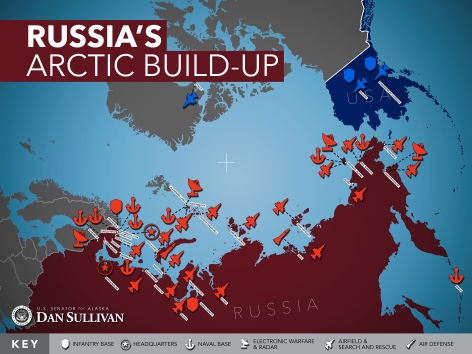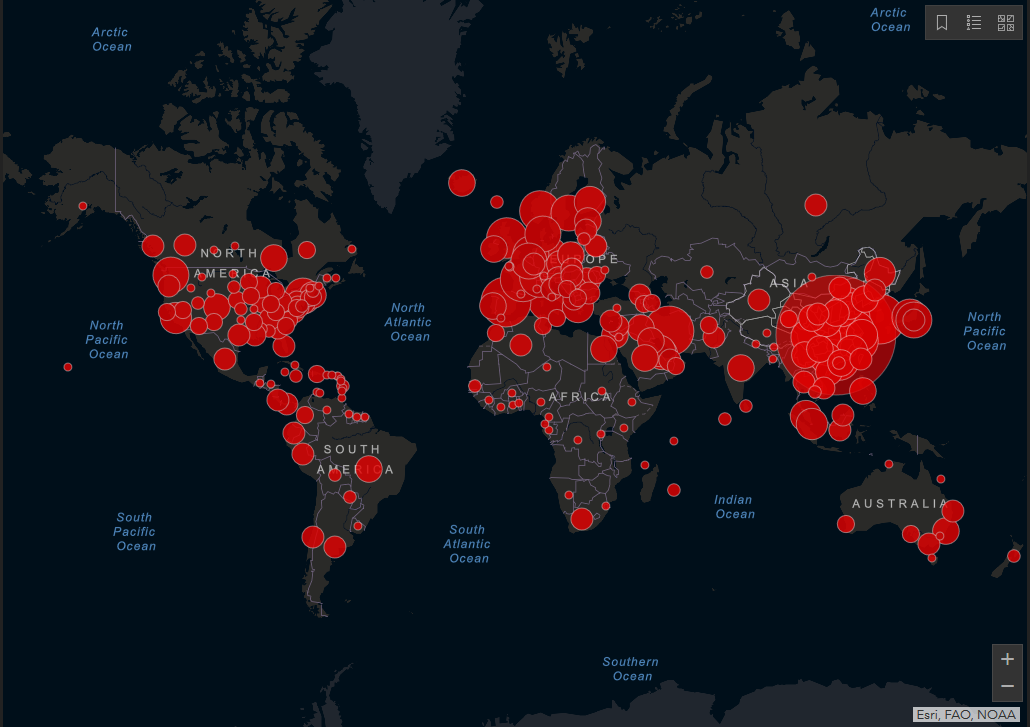> – Khamis al-Qaddafi, Brigade Commander in Libyan Army, Observes Zapad 2009; Son of Libyan Dictator Received Military Training in Moscow
– Khamis al-Qaddafi, Brigade Commander in Libyan Army, Observes Zapad 2009; Son of Libyan Dictator Received Military Training in Moscow
– Russian Navy Carries Out Anti-Submarine Warfare, Live-Fire Exercises in Black Sea, Simulates Attack by “Hostile” (US?) Submarines
– 7,000 Soviet Troops from Russia, Armenia, Kyrgyzstan, Tajikistan, and Kazakhstan Train as Part of New Collective Rapid Reaction Force
– Russian Army Denies Existence of “Black Eagle Super-Tank,” Acknowledges Introduction of New T-95 MBT in 2010
– South Korean Unification Ministry: North Korea Dumped References to Communism from Constitution in April, Enthroned Kim Jong-il as “Supreme Leader”
Between September 18 and 29 the Russian and Belarusian militaries, united under one command in the Union State, carried out the Zapad 2009 war game in both countries. The first Zapad (“West”) drill since 1999, the exercise involved 200 pieces of military equipment, 6,000 troops from the Russian Armed Forces, and 6,500 troops from the Belarusian Interior Ministry, Emergencies Ministry, and State Security Committee (KGB). Among other tasks the war game tested interoperability within the integrated Russian-Belarusian air defense system.
The last phase of Zapad 2009 took place in Russia’s Baltic exclave Kaliningrad (pictured above) and Belarus, where President Alexander Lukashenko hosted his Russian counterpart Dmitry Medvedev. In the Kaliningrad Oblast Medvedev observed: “I would like to point out that the aim of our exercise is of a defensive nature. We are not threatening anyone. Despite problems of economic nature that emerged within the last year we are going to implement the whole scheduled program of military drills.” The Polish defense minister would probably disagree with Medvedev’s characterization of Zapad 2009 as a purely “defensive” exercise.
Incidentally, Belarusian opposition media outlet Charter 97 reveals that also in attendance at Zapad 2009 was Khamis al-Qaddafi, son of Libyan strongman Muammar. Khamis is commander of a “special reinforced brigade” in the Libyan army. A graduate of the military academy in Tripoli, he also received training at the Frunze Military Academy in Moscow and the Academy of the General Staff of the Armed Forces of the Russian Federation. Libya’s long-time dictator recently addressed the United Nations General Assembly in New York City and later went on a shopping binge during the second summit of South America and Africa in Venezuela.
As reported in the MSM, Zapad 2009 simulated a NATO invasion of Belarus via Poland and the Baltic republics, all former communist states, while Ladoga 2009 apparently simulated a simultaneous NATO invasion of northwestern Russia via Finland, which is neutral. Between August 10 and September 29 more than 10,000 servicemen, 4,000 pieces of hardware, 50 airplanes and helicopters, and over 20 warships and submarines took part in Ladoga 2009, which is named after the large lake between Russia and Finland. The fictitious frontline was 1,500 kilometers long and 300 kilometers deep. Specific exercises included a parachute drop of more than 1,000 airborne troops near St. Petersburg. On the last day of the war game Russian Ground Forces commander General Vladimir Boldyrev praised the “high level of skills and interaction” of the troops.
Between October 6 and 8, along Russia’s southern periphery, the Kremlin navy carried out anti-submarine warfare and live-fire drills in the Black Sea. “The aim of the exercises is to practice anti-submarine search-and-destroy missions. The drills involve warships, aircraft and a submarine from the Black Sea Fleet,” a naval spokesentity explained, adding: “The Smetlivy destroyer and three ASW corvettes, assisted by two Be-12 Mail ASW aircraft will simulate an attack with torpedoes and depth charges on a hostile submarine near the Russian coast.” The Black Sea Fleet’s ASW contingent consists of two ASW cruisers, an ASW destroyer, and at least six ASW corvettes. The fleet has only one submarine in active service, a Kilo-class Alrosa vessel.
Further east along Russia’s southern periphery 7,000 troops from that country and four other “former” Soviet republics–Armenia, Kyrgyzstan, Tajikistan, and Kazakhstan–trained as part of a new “post”-Soviet Collective Rapid Reaction Force (CRRF). Last Friday the armies of the Collective Security Treaty Organization (CSTO) assembled at Kazakhstan’s Matybulak training grounds for two weeks of maneuvers. The purpose of the CRRF is to deploy a nimble fighting force equivalent to NATO’s. Among other duties the CRRF will combat insurgent uprisings in CSTO member states.
In June Medvedev and his (”ex”-communist) counterparts in Armenia, Kyrgyzstan, and Tajikistan finalized the creation of the CRRF. The other members of the CSTO—Belarus and Uzbekistan—declined to participate, although Lukashenko has indicated that Minsk will shortly join the new multinational force. US forces have used bases in Uzbekistan and Kyrgyzstan to support military operations against the (Soviet-backed) Taliban in Afghanistan.
As Russia and the “former” Soviet republics prepare for future confrontations with NATO in Eastern Europe and Central Asia, the Kremlin is denying the existence of a new-generation main battle tank (MBT). The Russian media recently reported that a “super-tank,” dubbed Black Eagle, was lately developed by the Omsk Transmash design bureau. The Black Eagle is purportedly based on the T-80U MBT and features explosive reactive armor and a box-shaped turret. Alleged pictures of the Black Eagle were shown on the Internet.
“There was no such [Black Eagle] project…and those 20-year-old pictures show a mock-up of a futuristic tank which remained just a product of someone’s imagination,” protested Colonel Vladimir Voitov, director of research at the Main Directorate of the Armored Troops. Voitov added: “I am aware of a prototype of an experimental tank, but the turret of the vehicle did not have anything inside.”
Some Russian media outlets apparently agree with Voitov, insisting that the Black Eagle program was terminated due to the acceptance by the Russian Ground Forces of the T-90, built by the Uralvagonzavod plant, in the mid-1990s. They also report that the Russian army has in fact selected Uralvagonzavod to develop and manufacture a new-generation MBT to be designated T-95. In July 2008 Sergei Mayev, head of the Federal Service for Defense Contracts (Rosoboronzakaz), confirmed that the Russian army will start receiving MBTs superior to the T-90 after 2010. The T-95 will feature better firepower, maneuverability, electronics, and armor protection than the T-90, while its maximum speed will increase from 50 to 65 kilometers per hour.
North Korea’s “Dear Leader” Becomes Supreme Leader
Elsewhere in the Communist Bloc the Democratic People’s Republic of Korea officially dropped communism as its guiding principle in a new constitution promulgated in April. Instead, Kim Jong-il, chairman of the National Defense Commission, was formally declared “Supreme Leader” of the country. The Republic of Korea’s Unification Ministry only released this information to the world on September 28. The alteration made to North Korea’s constitution, the first since 1998, conforms to Kim Jong-il’s “military first” policy (songun). “Experts on the North’s state propaganda,” editorializes Reuters, “said the military first ideology has helped Kim dodge responsibility for the country’s sharp economic decline by arguing that heavy defense spending was needed to overcome threats posed by the United States.”
We suspect that the ruling Korean Workers’ Party’s reported abandonment of communism is a ruse, much like perestroika in the Soviet Union or the “socialist market economy” in the People’s Republic of China. In the last two cases, Western analysts have insisted that the Russians rejected communism in 1991, while the business-savvy Red Chinese have become communists in name only. In reality, North Korea’s communist dictatorship is probably faking its own “restructuring” in order to hasten peaceful unification with South Korea and receive badly needed financial aid and investment from Seoul and the West.
As an aside, it is very probable too that South Korea’s Unification Ministry has been infiltrated by communist agents in the employ of the North. In that light, this tardy “revelation” from Pyongyang is suspicious. Last year South Korean Defense Minister Lee Sang-hee, referring to fake North Korean defector Won Jong Hwa, warned: “This case shows that North Korea has never changed and is still stepping up its policy of trying to communize the South and spreading deep into our society.”














